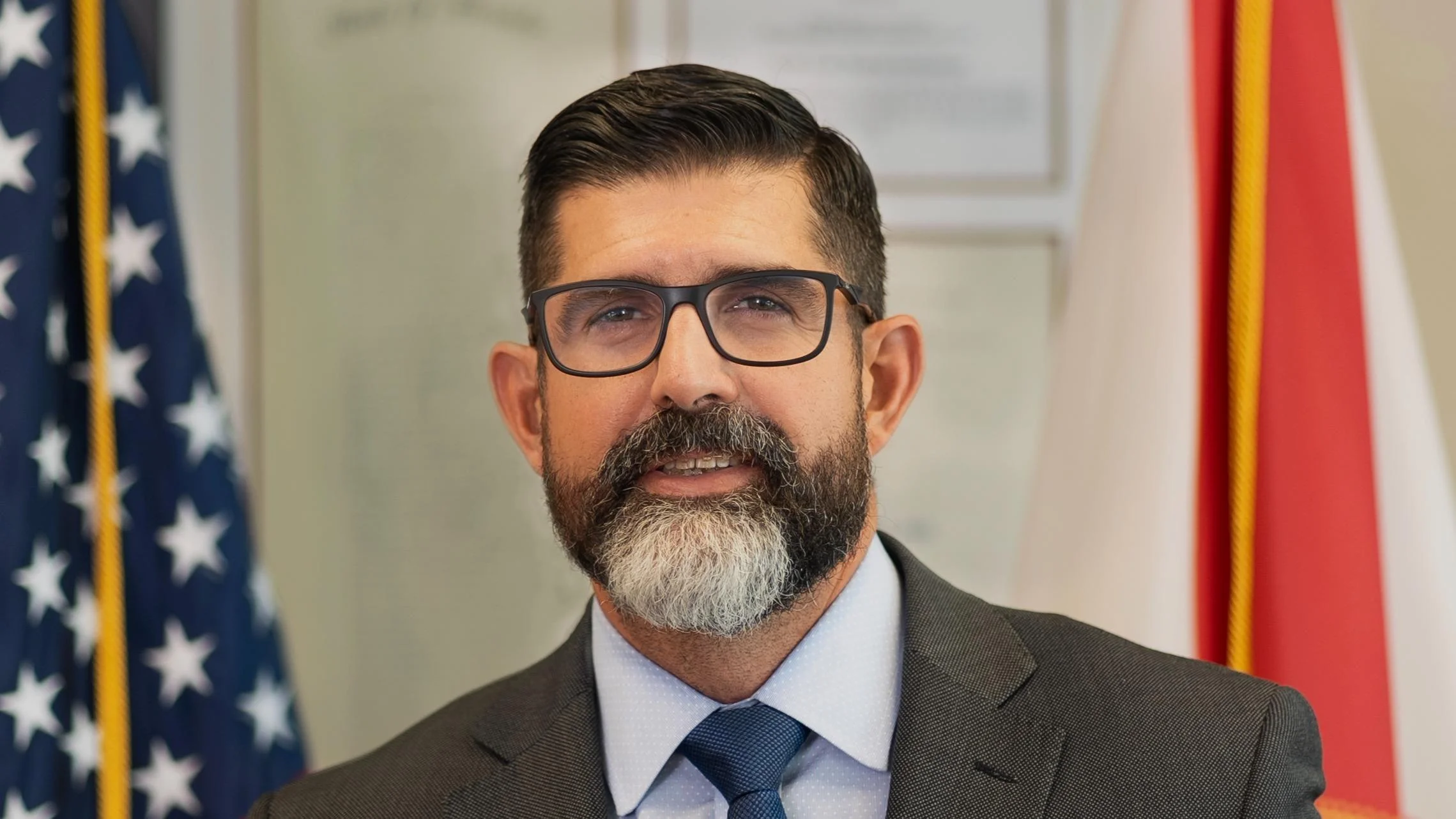
Emily Tate Sullivan Senior Reporter | EdSurge Research
The question "When would I ever use this?" is a familiar one to math teachers in middle and high schools. Many educators believe that traditional math instruction, which can be procedural and outdated, fails to engage students effectively. Lindsey Henderson, policy director of math for ExcelinEd, points out the difficulty of connecting math lessons to real-world applications, leading to disengagement among students.
There is a push nationwide to make math education more relevant by aligning it with career skills. This involves changing graduation requirements to emphasize data literacy and financial skills. An open letter signed by over 250 CEOs advocates for mandatory courses in computer science and artificial intelligence, suggesting these could enhance job prospects for graduates.
Maryland's state board aims for all students to be "career ready" by the end of 10th grade, altering traditional course sequences to integrate career-focused pathways. Henderson notes that making courses like data science more prominent helps students see their relevance.
Christine Rodriguez from NAF highlights the need for curriculum connected to career aspirations but acknowledges challenges such as high teacher turnover and test preparation pressures. Steven Shadel from Great Minds emphasizes the importance of deep thinking and collaboration in math lessons tied to careers.
Julie Grove from HMH stresses that teaching through real-world examples requires adequate teacher training. Shadel suggests integrating career connections across the school system rather than placing all responsibility on math teachers alone.
Hatch Valley High School in New Mexico has adopted a new approach through Pathway2Careers, linking math instruction with local labor market data. Superintendent Michael Chavez explains how this strategy aligns with expanding technical training programs at the school.
Joseph Goins of Pathway2Careers reports positive outcomes from this model, including improved test scores and increased interest in STEM careers among students at Hatch Valley High School and other districts using their program.





 Alerts Sign-up
Alerts Sign-up